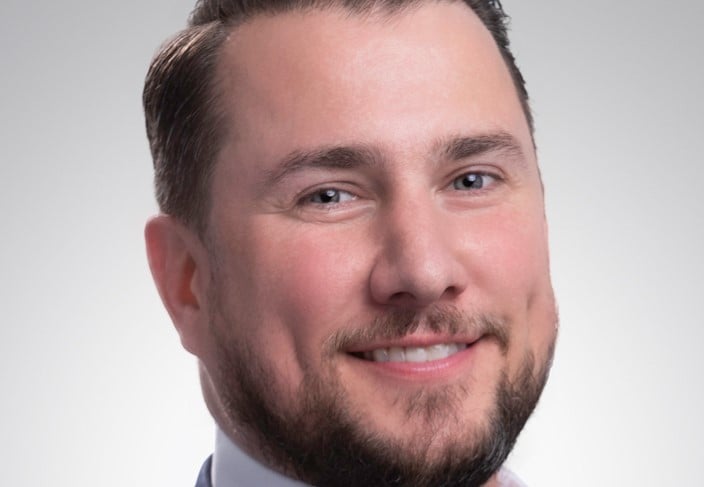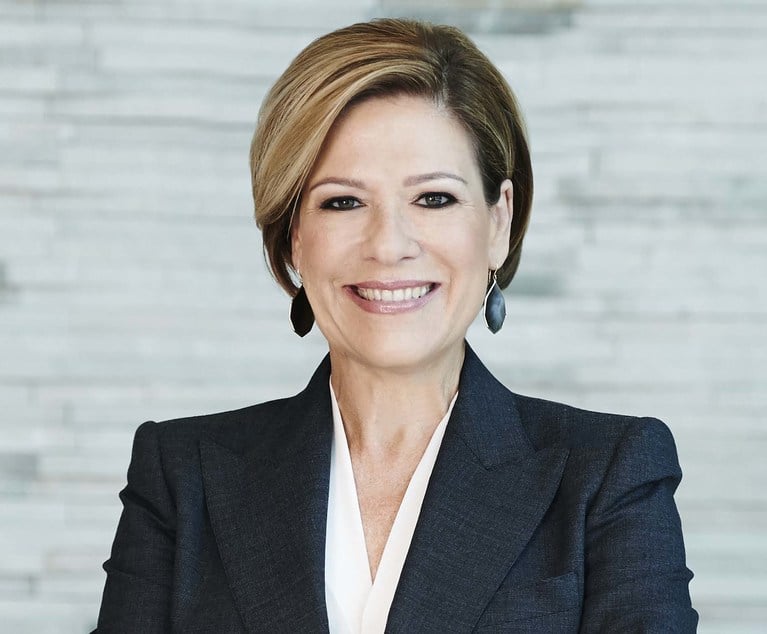LIVINGSTON, NJ-As we move into the latter part of 2013, we are in fact nearing the end of a strong finance year, which has seen good volume and low rates—albeit 75 basis points higher than the low. And while portfolio lenders such as banks and life insurance companies are holding to their standards and cherry picking the highest quality deals in the market, including well-located, well-sponsored product, CMBS lenders are making concessions and loaning on lesser quality product. These two scenarios in tandem, along with the extension of Quantitative Easing 3 (QE3), have ultimately led to a stronger commercial real estate market.
For the majority of portfolio lenders there is currently a flight to quality, with well-capitalized lenders investing in the top-quality product channels and geographic regions. Large banks are not dropping standards to win deals nor are they taking a chance on anything that is not written in stone.
But there's another stratum of office, industrial and multifamily spaces that are not considered the prettiest product. For nearly five years now, these less than desirable buildings have found very little favor with investors. Enter CMBS 2.0, which has seen lenders pick up the slack and provide creative structuring in order to generate loan dollars.
These two separate but equally necessary assemblages have been set against the backdrop of the QE3 extension, which led borrowers to let out a collective sigh of relief in mid-September when the Federal Open Market Committee (FOMC) announced that it would not reduce the pace of its monthly $85 billion economic stimulus in the form of Treasury notes. This was a clear gift for borrowers concerned that there would be a tapering of QE3.
Indeed, it would seem that QE3 is here to stay – at least for the midterm and perhaps the long-term. Though the central bank has said it will keep rates low until the unemployment rate falls to around 6.5%, most Fed officials expect they'll keep interest rates near zero until 2015. However, the government shutdown may have impaired growth just enough to ensure that QE3 stays around even longer than anticipated, while confusion about Obamacare further clouds employers hiring practices. In fact, PIMCO'S Bill Gross, who runs the world's largest bond fund, wrote in his October monthly outlook that low policy rates could be around for decades. “If you want to trust one thing and one thing only trust that once QE is gone and the policy rate becomes the focus, the Fed funds will then stay lower than expected for a long, long time,” he said.
The extension of QE3, coupled with both an active CMBS sector and a more selective portfolio lending market on behalf of large banks and life companies, has raised the tide for everyone and will lead to continued strength in the market. As a result, borrowers would be wise to invest now and lock in low interest rates.
Mark Scott is founder and president of Commercial Mortgage Capital. The views expressed in this column are the author's own.
© Touchpoint Markets, All Rights Reserved. Request academic re-use from www.copyright.com. All other uses, submit a request to [email protected]. For more inforrmation visit Asset & Logo Licensing.






